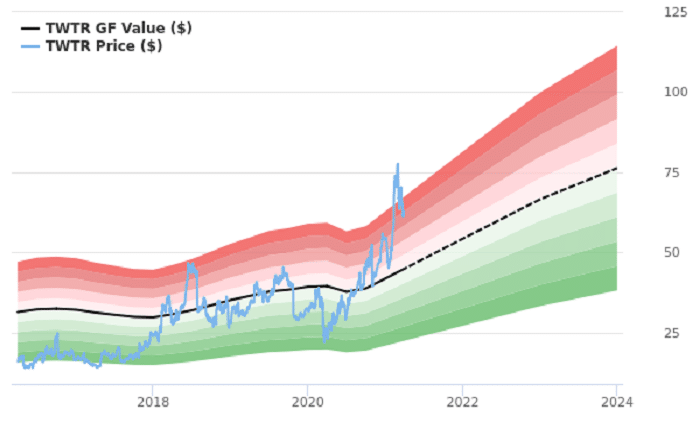Introduction
The Twitter stock chart offers a fascinating glimpse into the company’s financial performance and market sentiment. This blog post delves deep into the nuances of the Twitter stock chart, analyzing its past movements, current trends, and future forecasts.
Historical Overview
A look at the Twitter stock chart reveals much about the company’s financial journey since its IPO. The initial excitement, major drops, and periods of stability tell a story of adaptation and growth in the highly volatile tech industry.
Analyzing Major Peaks
The Twitter stock chart shows several significant peaks throughout its history. These peaks often correlate with major company announcements, successful product launches, or broader tech industry booms.
The Dips
Conversely, the Twitter stock chart also shows periods of decline. These dips are frequently associated with broader market downturns, internal company issues, or negative press. Analyzing these can provide insights into risk management strategies for investors.
Impact of Global Events
Global events such as elections, regulatory changes, and economic crises have visibly impacted the Twitter stock chart. Each event leaves a distinct mark, reflecting Twitter’s sensitivity to global news and events.
Technical Analysis Tools
To interpret the Twitter stock chart effectively, investors use various technical analysis tools. These tools help in identifying trends, predicting movements, and making informed decisions.
Comparisons with Industry Peers
Comparing Twitter’s stock chart with those of its industry peers can provide additional context. This comparison highlights Twitter’s market position and competitiveness within the tech sector.
Expert Opinions and Predictions
Financial analysts regularly provide forecasts based on the Twitter stock chart. These insights are crucial for investors looking to understand potential future movements in Twitter’s stock price.
Role of Social Media Trends
The unique aspect of the Twitter stock chart is its responsiveness to social media trends. As a major platform, Twitter’s own activities on social media can significantly influence its stock.
Investment Strategies
Investors looking at the Twitter stock chart can adopt various strategies, such as long-term holds based on stability or short-term trades reacting to volatility.
Future Outlook
The future trajectory on the Twitter stock chart appears tied to technological advancements, market positioning, and potential regulatory changes affecting social media platforms.
Real-Time Data and Its Importance
Access to real-time data is crucial when analyzing the Twitter stock chart. It ensures that decisions are based on the most current information, which is vital in a fast-paced market.
Conclusion
The Twitter stock chart serves as a dynamic tool for investors, reflecting the company’s resilience and adaptability. Understanding its nuances not only helps in making informed investment decisions but also offers insights into the tech industry’s broader trends.
FAQs
1. What is the Twitter stock chart? The Twitter stock chart is a graphical representation of the stock price movements of Twitter Inc. over time, used by investors to analyze its performance.
2. How can one analyze the Twitter stock chart? Analysis can be done using technical indicators like moving averages, RSI, and MACD, along with a fundamental review of company events and news.
3. What do peaks in the Twitter stock chart indicate? Peaks often indicate high investor confidence, potentially due to positive company news or broader market upturns.
4. Why are real-time data important in analyzing the Twitter stock chart? Real-time data helps investors make decisions based on the most current market conditions, crucial in a volatile environment.
5. Can the Twitter stock chart predict future performance? While no chart can predict the future with certainty, analyzing past patterns can provide insights into likely trends and potential future movements.






